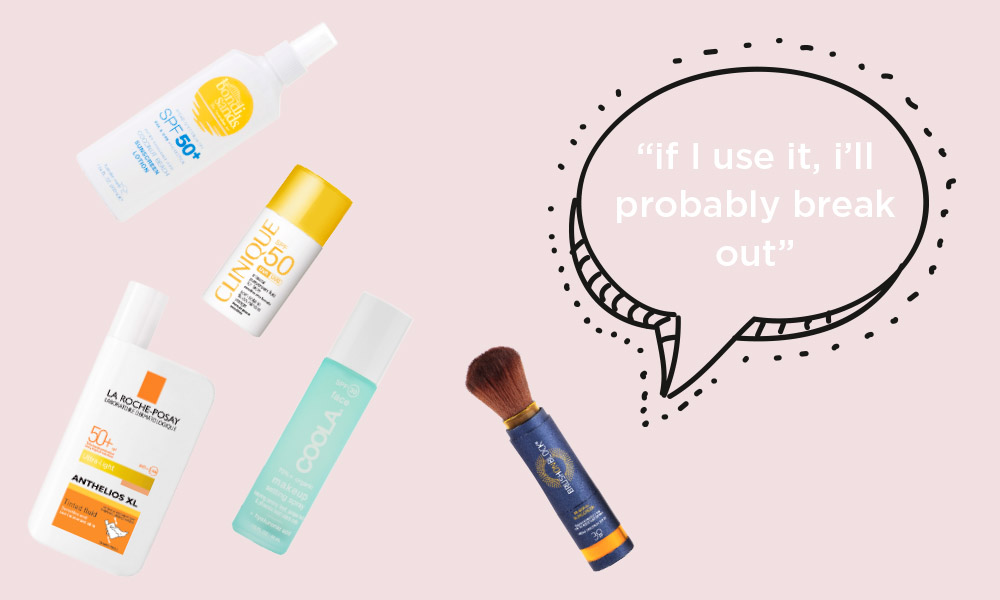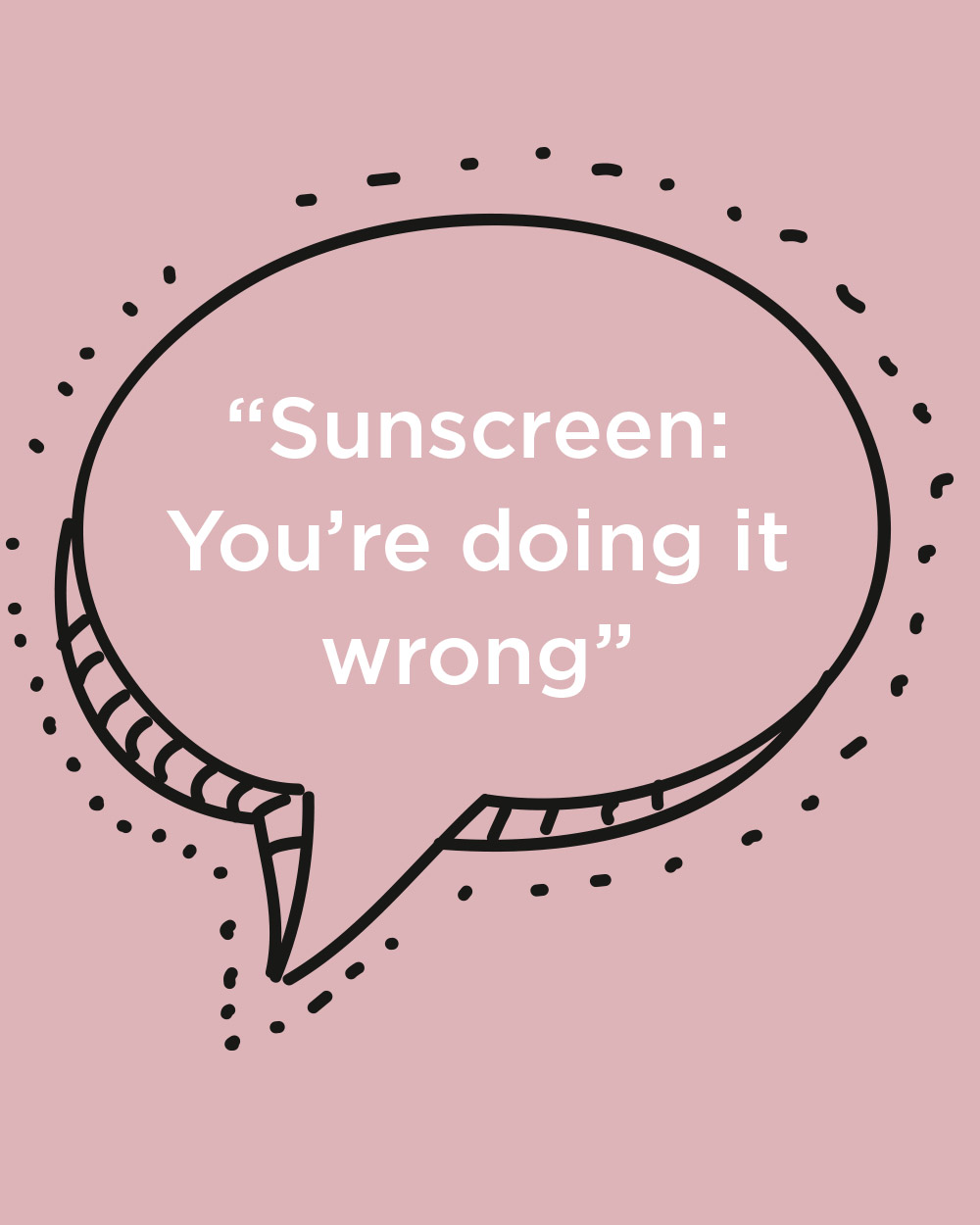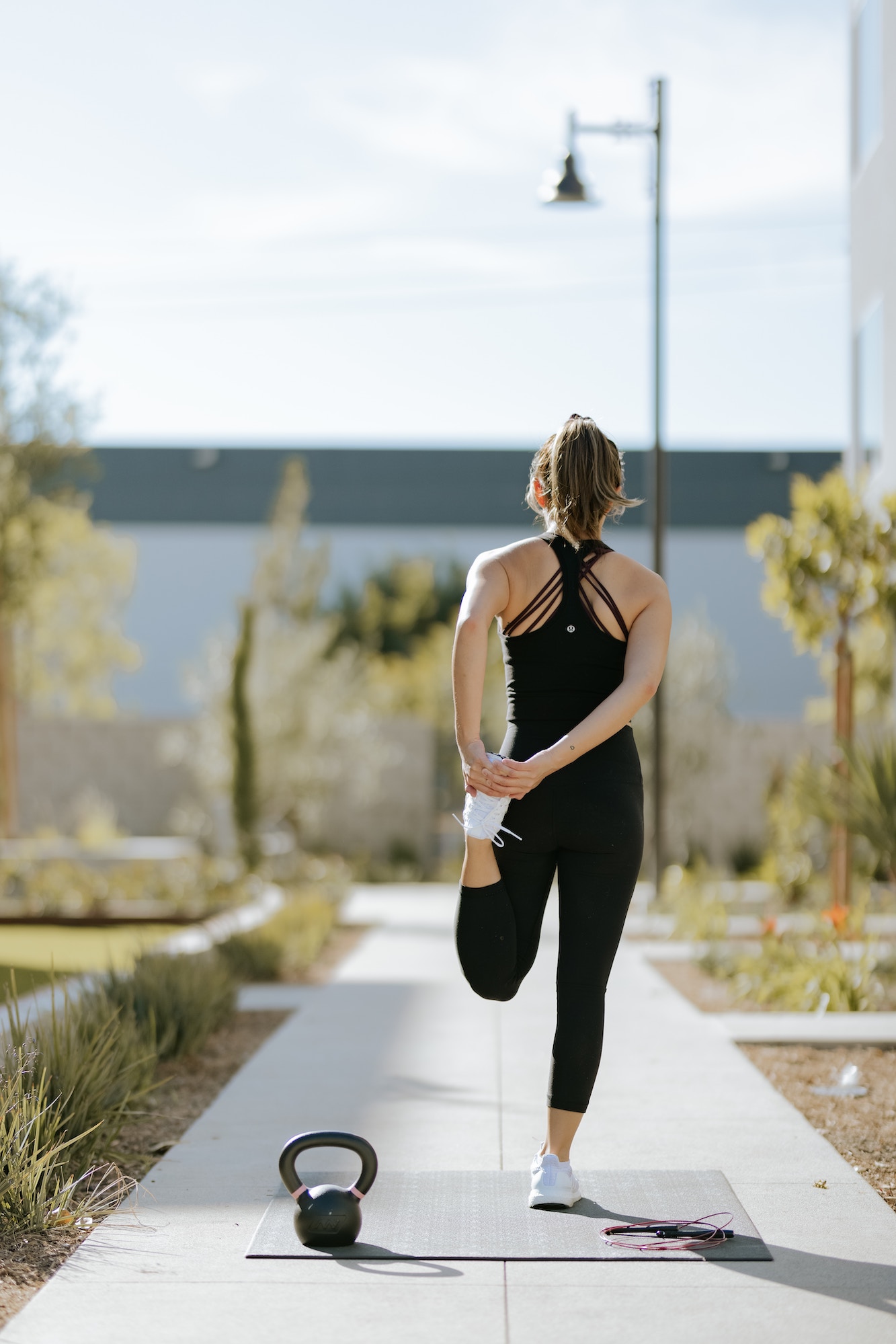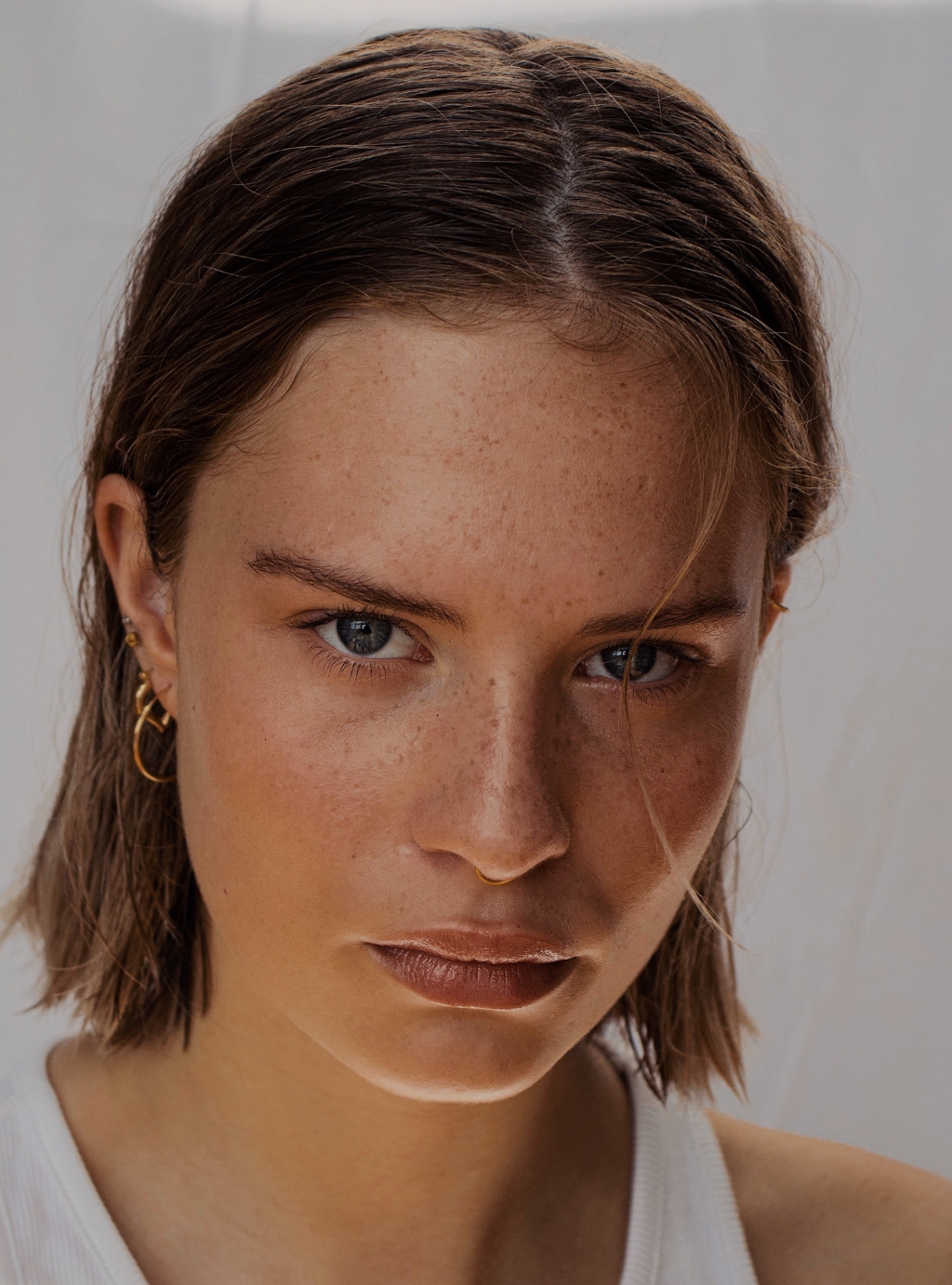
Bondi Sands Coconut Beach Sunscreen Lotion SPF 50+, $23; La Roche-Posay Anthelios XL Ultra-Light Tinted Fluid SPF50+, $32; Clinique SPF50 Mineral Sunscreen Fluid for Face, $54; Coola Makeup Setting Spray SPF30, $62; Brush On Block Mineral Sunscreen SPF30, $45
Without sunscreen, the dollars you spend on creams and serums are practically money down the drain.
That’s because sunscreen is number one for keeping you looking good for longer. So what should you use, and how?
We correct some common mistakes below:
MISTAKE #1
“I’ll just use a little bit”
You actually need much more than you think, equivalent to a teaspoon for your face and a full shot glass for your body. Most people’s application is so bad, it reduces the efficacy of an SPF30 to that of SPF15 or even 10.
Top tip: Apply a thin layer, then apply another, or double down with a cream and a spray over the top.
MISTAKE # 2
“My moisturiser and foundation are enough”
Lower-SPF products are good for bolstering your protection, but you really need a product specifically designed for the job — a high-SPF sunscreen or a high-SPF primer.
MISTAKE # 3
“I only need sunscreen if I’m going to the beach”
You should be applying sunscreen of at least SPF30 every single day, regardless of where you’ll be. That’s because harmful UVA rays (the ageing ones) and UVB rays (the burning ones) are present even when it’s cloudy and can also penetrate glass. Incidental sun damage that happens during quick trips, such as walking from your car to the office, adds up too. Any sun exposure can cause cancer and affect the appearance of your skin.
MISTAKE #4
“SPF15 lets me get a safe tan”
There’s no such thing as a safe tan caused by the sun, say the experts. Use a fake tanning product instead.
MISTAKE #5
“Too much might stop me getting enough Vitamin D”
The amount of sun or light your skin needs to make adequate vitamin D is minimal (according to experts, about as much as exposing a hand or two to the sun for 5-10 minutes a day). It’s far more important to protect yourself from cancer.
MISTAKE #6
“If I use it, i’ll probably break out”
Two things can cause sunscreen-related breakouts: obstruction of the pores by comedogenic materials, and sensitivity to chemical UV-blocking agents. Both can be avoided with products designed for acne- prone (labelled non-comedogenic) or sensitive skin (usually a physical blocker, see mistake #7).
MISTAKE #7
“Sunscreens are all the same”
Sunscreens can be divided into two camps: physical and chemical. The former contain zinc oxide or titanium dioxide, and act as a physical barrier on your skin. They tend to be thicker and whiter, but more gentle on sensitive skin. Chemical sunscreens contain clever ingredients that absorb UV radiation and release heat — complex, but effective. These products are often less thick and absorb well. Both are great options. If you’re after what’s considered a more ‘natural’ option, get physical, but chemical options wear super well and are also proven to effectively and safely protect.
MISTAKE #8
“It feels super- gross on my skin”
Those were the bad old days, my friends. With new technology delivering SPF in dry oils, water-based gels and clear mists, you have no excuse!
Words: Megan Bedford
Photos: Supplied
This article originally appeared in Miss FQ Issue 3 2017.






